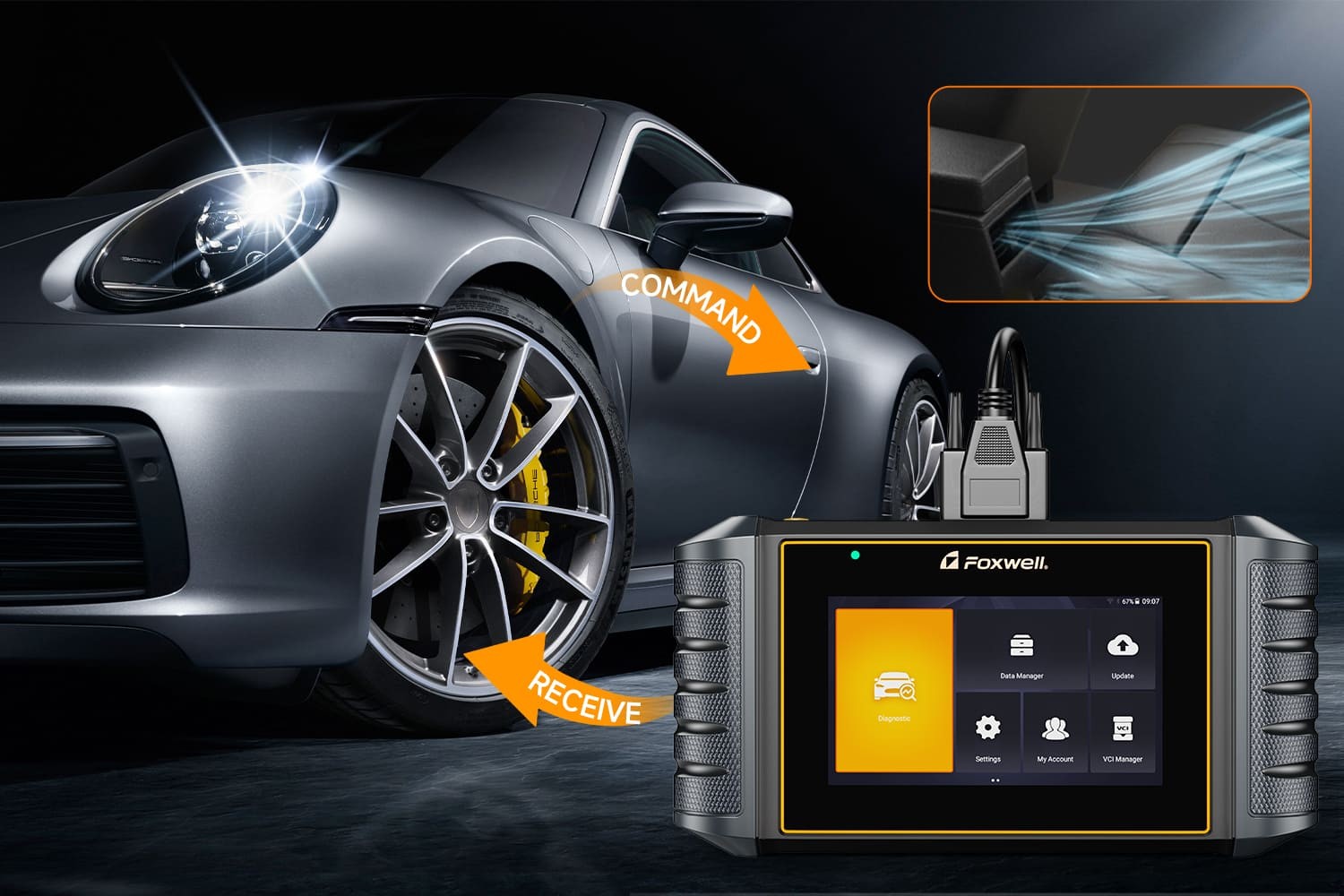Leaving an OBD2 scanner plugged in while driving is a common practice for many car owners. These devices offer continuous monitoring and diagnostics, providing valuable insights into your vehicle’s health. But can OBD2 scanners actually scan while the car is in motion? Let’s explore the capabilities and considerations of using OBD2 scanners on the go.
On-the-Go Diagnostics: How OBD2 Scanners Work While Driving
OBD2 scanners work by continuously communicating with your car’s computer system, even while driving. They access data from various sensors throughout the engine and other systems, providing real-time information about performance parameters. This allows for active monitoring and immediate detection of potential issues. Here’s a breakdown of how they function while you’re on the road:
Continuous Monitoring: A Watchful Eye on Your Engine
With the scanner plugged in, you gain access to a stream of live data, including:
- Engine RPM
- Vehicle Speed
- Coolant Temperature
- Fuel Pressure
- Oxygen Sensor Readings
This constant monitoring allows you to observe trends and identify anomalies that might indicate a developing problem.
Real-Time Fault Detection: Catching Problems Early
OBD2 scanners don’t just monitor; they actively scan for diagnostic trouble codes (DTCs). These codes are triggered when a sensor detects a problem within a system. By receiving immediate alerts, you can address minor issues before they escalate into major repairs. This can be particularly useful on long trips or when driving in unfamiliar areas.
Benefits of Scanning While Driving
Scanning with an OBD2 scanner while driving offers several advantages:
Early Problem Detection: Preventing Breakdowns
Real-time diagnostics can help identify issues like misfires, low coolant levels, or faulty oxygen sensors before they lead to a breakdown. This early detection allows for timely intervention and potentially saves you from costly repairs down the road.
Performance Monitoring: Optimizing Your Drive
By monitoring parameters like fuel consumption and engine load, you can identify areas for improvement in your driving habits. This can contribute to better fuel efficiency and reduce wear and tear on your vehicle.
Data Logging for In-Depth Analysis: Understanding Your Car Better
Many OBD2 scanners allow for data logging, enabling you to record performance data over time. This information can be valuable for diagnosing intermittent problems or for tracking the long-term health of your vehicle.
Potential Drawbacks and Safety Considerations
While scanning on the go is useful, be aware of potential drawbacks:
Driver Distraction: Keeping Your Eyes on the Road
Constantly monitoring the scanner’s display can be distracting. It’s crucial to prioritize safe driving and avoid interacting with the device while the vehicle is in motion. Opt for scanners with audible alerts or consider using a passenger to monitor the data.
Battery Drain: Monitoring Power Consumption
While modern OBD2 scanners have minimal power draw, leaving them plugged in for extended periods in a vehicle that is rarely driven can contribute to battery drain. If you don’t drive frequently, unplug the scanner when not in use.
Device Compatibility and Reliability: Choosing the Right Scanner
Not all OBD2 scanners are created equal. Ensure compatibility with your vehicle’s make and model. Invest in a reliable scanner from a reputable brand to ensure accurate data and avoid potential malfunctions.
Conclusion
OBD2 scanners can indeed scan while driving, offering valuable real-time diagnostics and performance monitoring. However, it’s essential to use them responsibly, prioritizing safe driving habits and understanding the potential drawbacks. By following safety guidelines and choosing a reliable device, you can leverage the power of on-the-go diagnostics to keep your vehicle running smoothly and avoid potential problems on the road.

